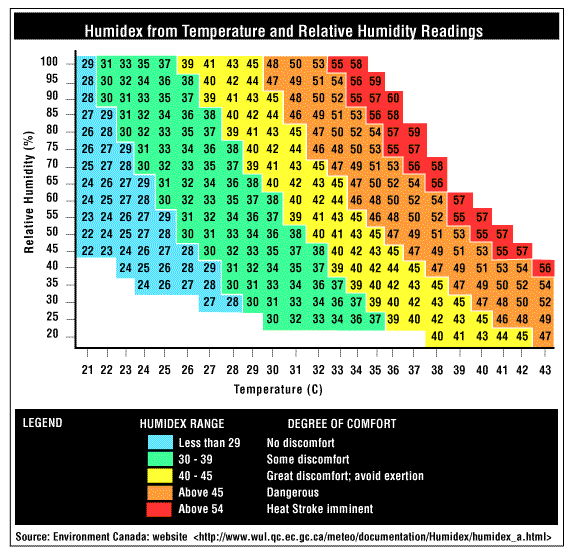For all the mindless distractions of city life, there are those amongst us who still find it meaningful to dump it all and sweat again while climbing a hill.
For a person who is living in the hills, fields or forests, the need for such adventures is non-existent. His daily life has enough interactions with other life forms and with unforeseen primitive challenges. For such a person to see well-heeled urbanites come from hundreds of kilometers away to trek on a path that he/she visits every other week, to climb down a rope from a high rock, to pay thousands of rupees for a rocking ride over the river rapids, to jump from a cliff with a parachute or a bungee cord, leads to incredulity and derision.

There is an artificiality to planned adventures which is hard to miss. Yes, we are trekking and climbing and punishing ourselves in order to enjoy the primitive challenges; but how can we escape the contradiction of our being more than prepared with our Timberland shoes, mineral water bottles, junk food snacks, cameras ready to click any shadow of a wild animal or bird, the North Face apparel, imported camping equipment and the very tangible sensation of being outsiders who are consuming nature, just like we consume and shop in the cities?
The joint effort of Sir Edmund Hillary and the Tibetan Sherpa Tenzing Norgay to "conquer" Everest is illustrative. The westerners saw the mountain as something to conquer, whereas it was an object of veneration for the Buddhists, who used the word Chomolungma (the Mother Goddess) for Everest. It is one thing to live in a challenging terrain and climb the hills which are close to one's home, it is quite another to take a plane to another continent and spend hundreds of thousands of dollars to climb a hill for fame or self-satisfaction. It is notable that the Sherpa was not honored with a Knighthood (he was refused) while Sir Hillary was singled out for many honors. The Sherpa was however venerated as a higher being in his own villages.
Though Edmund Hillary worked for the Sherpa community after his "conquest" of Everest, the difference between his attitude and that of Tenzing Norgay is best exemplified by his utterance when he met George Lowe after his ascent: "Well, George, we knocked the bastard off."
...
Instead of living a life more in harmony with the Earth and nature, adventure junkies have turned natural habitats into playgrounds for their egos. There is a whole spectrum of adventure-consumerists: those who flinch at the sight of a single coke can on a mountain trek and who are primarily nature-lovers, to those who go to wilderness as a retreat from a stressful life, to those who deface barren rocks with admissions of their crushes and affairs and only have adventures for bragging rights and photo opportunities.
It is not easy to give up the distractions, the lifestyle and the career opportunities of a big city and move to the countryside or to a remote region, and the planning of "wilderness trips", "treks" and "adventure sports" is perhaps an admission of this helplessness. One does crave a connection with nature, but can only afford a temporary, highly planned adventure.
The psychic pollution in a large city can exhaust the nerves and make one want to escape. Going back to nature does give one a taste of that lost silence and innocence, but the bigger malaise of one living an increasingly artificial life, cut off from the sensual diversity of a natural habitat but having an unmanageable amount and diversity of mental distractions, is left intact.
...
So what is a man to do? Recognize the artificiality, the cognitive and psychic overload of the big-city life, reject its advances as far as possible; spend some time on one's own (nothing rejuvenates as much as solitude), and spend long vacations in nature without the craving for adventure or adrenaline. The return to nature is a return to elements. If one is seeking "experiences" in nature, it is like shining a torch in broad daylight.
While in a forest, or on a hill, or on the beach, relax... There is nothing to be done, or to prove anything to anyone, or anything to capture in your camera. Let nature act. Become a part of it, rather than a consumer. Let the moment have you, rather than "you" gloating at the moment.
I know how it feels to enter the insane, polluted, crowded, shrieking man-made world of the big city after having had the experience (one cannot fail to catch a taste of the silence and the wilderness despite all the efforts one might have made to spoil it by the habitual seeking) of a nature retreat, and one wonders when humanity will learn to avoid its self-destructive ways of unbridled distraction and self-centered hedonism.




